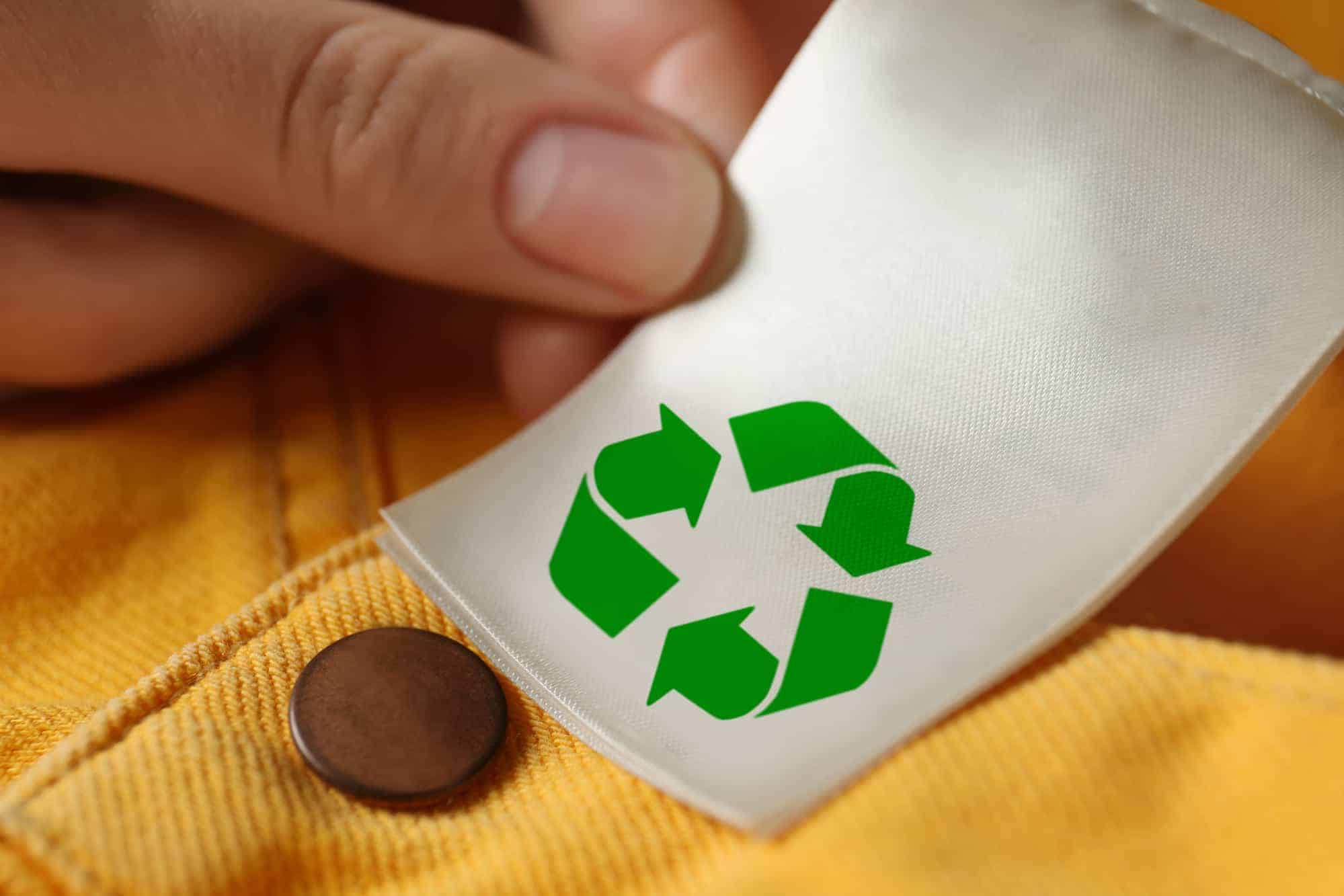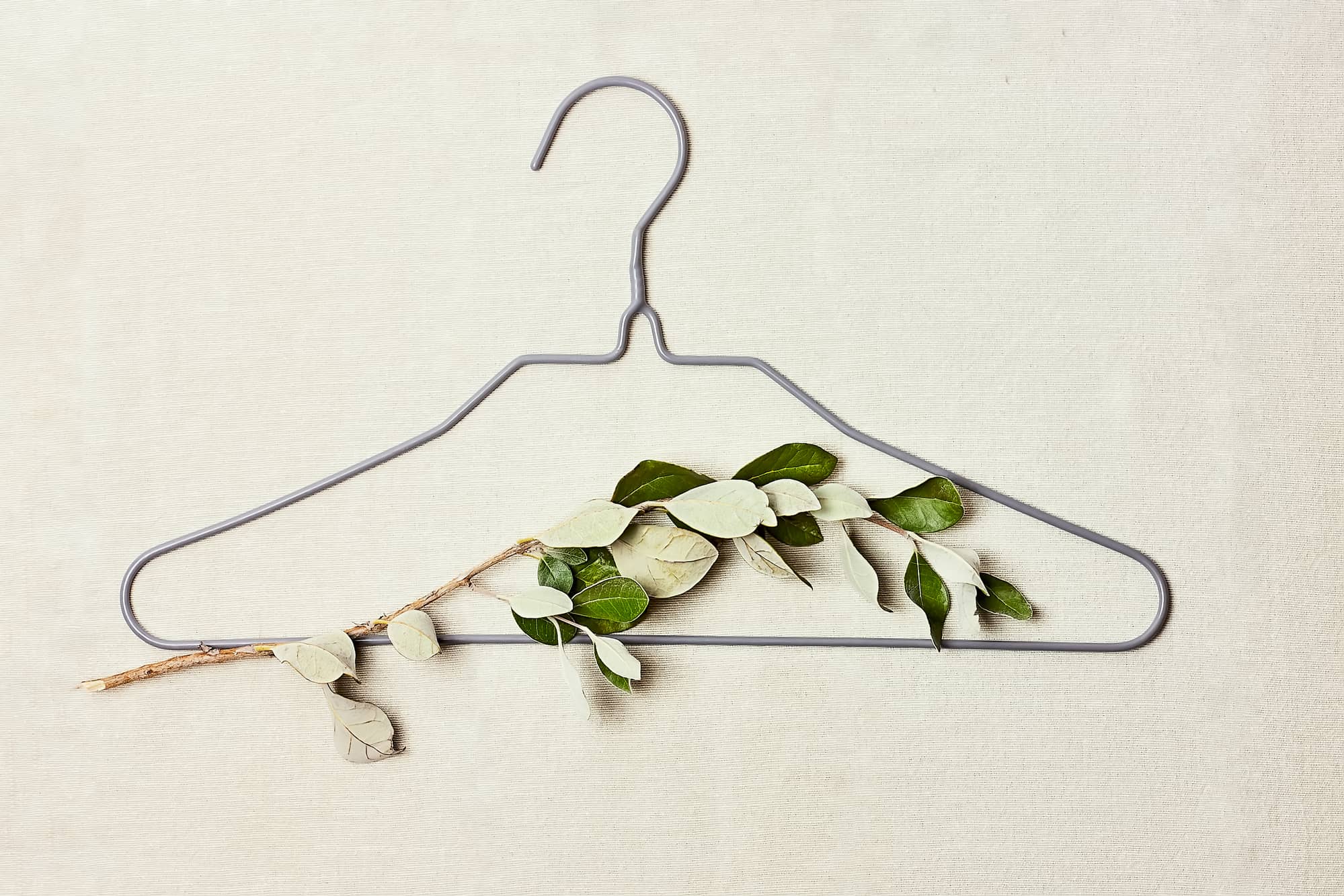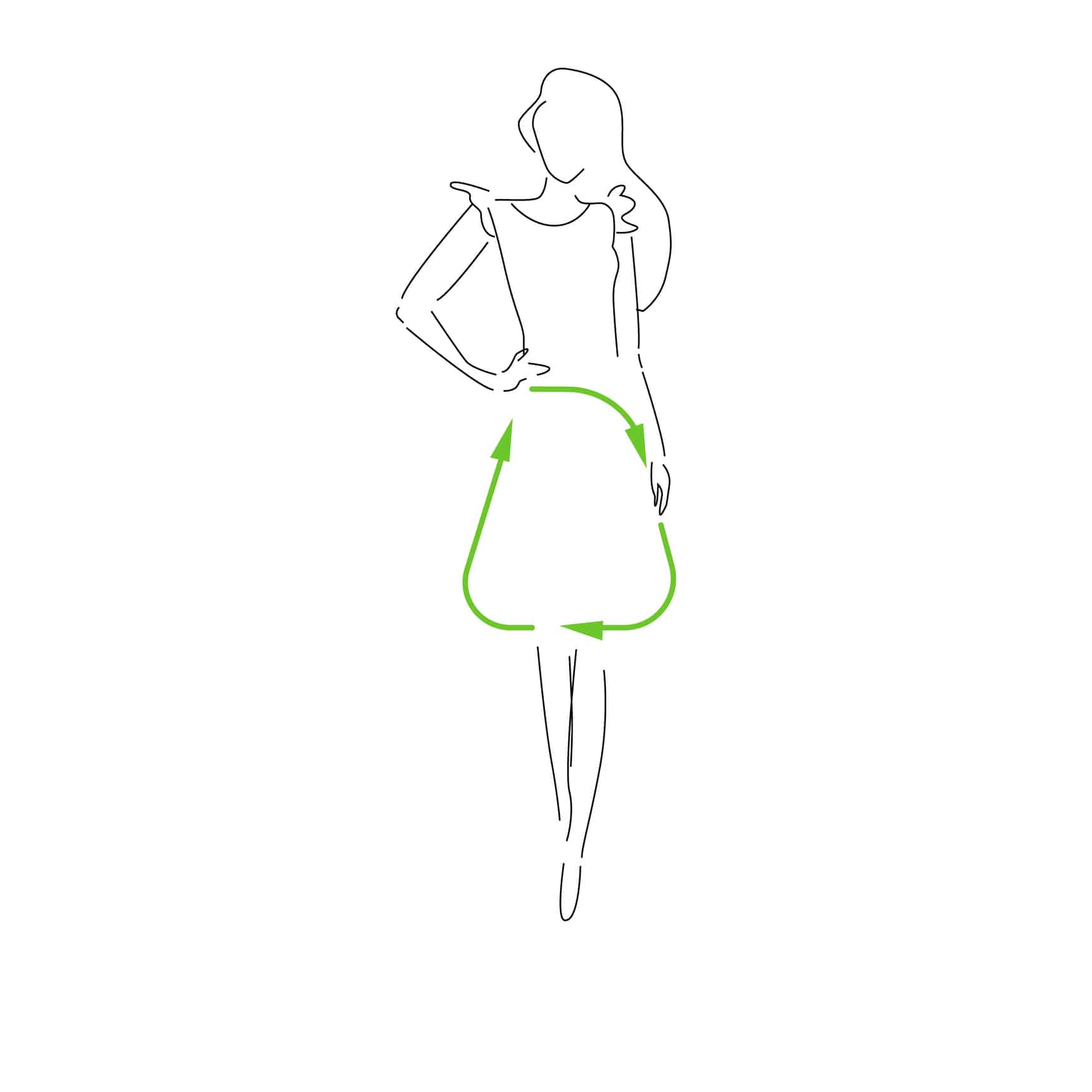The phrase “sustainability” has become so imprecise that businesses sometimes fail to understand what tangible measures they can take to make their business and goods more ecologically friendly. Megatrends such as dwindling resources, supply chain transparency, and rising expectations used to be compared to previous trends such as quality, lean manufacturing, and e-commerce. These trends were formerly considered nice-to-haves, but they today are an essential part of business strategy.
Eileen Fischer, a well-known fashion designer and recipient of an environmental award, is quoted as saying, “The clothes business is the second greatest polluter in the world, after oil”.
From the cultivation of raw materials such as cotton to the fabrication of clothes, its usage, and disposal, a piece of fashion apparel can cause significant environmental damage. Cotton fibre cultivation uses a substantial amount of water, hazardous agrochemicals are used in farming, and harmful dyes are used in production. Excess energy and water are used in industrial production and laundering of textile goods. A large amount of waste is created during these manufacturing stages and from dumped clothes, all contribute adversely to the environment.
Additionally, because of the globalisation of the fashion apparel business and the introduction of fast fashion tactics, it is common for an item of clothing to travel halfway around the world before reaching the end consumer. Over the last 25 years, the majority of textile and garment production has relocated to low-cost Asian nations, making supply chains complicated and unsustainable.
Consumer demand for fast fashion has compelled fashion garment companies to seek production efficiencies in low-cost nations, sell items at reasonable costs, and launch numerous collections each year. Fast fashion has now become linked with a throwaway society since clothes are discarded at a rapid speed by customers who assume that once out of trend, the garment has outlived its purpose. This leads to the issue of unsustainable consumer buying behaviour. The industry needs to address the issue of overproduction and this unsustainable apparel consumption.

Firms in the fashion clothing sector have grown aware of the need to decrease the social and ecological impact and are researching sustainable solutions. Businesses could become more aggressive, which may involve recognising opportunities to improve operational efficiency to decrease costs and environmental consequences by decreasing water, energy, and material consumption.
Following that, organisations may enter the area of innovation, where they may begin to establish sustainable product portfolios and integrate sustainability indicators into new product creation.
Even though the garment sector is one of the most polluting sectors, there is optimism thanks to the availability of a wide number of sustainable product design ideas for fashion clothes. We will examine the frameworks linked to sustainable fashion clothing product design. This article provides details on the fashion apparel market and its effect on the environment, as well as discusses different strategies for sustainable fashion garment design.
Sustainable textile product design takes into account environmental concerns. It addresses environmental problems as well as the role of a product designer and a product developer in demonstrating the necessary changes in design. The product developers need to outline environmental design tools to create performance plans that are based on life cycle analysis methods. Items created through sustainable design must have better attributes and higher quality. Designs must be developed for a purpose other than just fashion.

The following strategies can be adopted to optimise clothing product design;
The goal of this design method is to create clothing that is both durable and functional. The lifespan of textile products has been reduced by half over the last 15 years.
Given the increased usage of clothing, we may be able to lessen the effect of processes during the pre-production, manufacturing, distribution, and disposal phases. Intensifying usage suggests that a larger number of individuals wear the same clothes or a component of them at various times rather than everyone wearing their clothing.
It is possible to prevent costs and environmental problems associated with garment repair or replacement by designing to allow modifications in clothing.
Following are recommendations to make garment maintenance easier;
The ease with which garments may be upgraded or adapted is especially essential with regard to sustainability since it allows them to last longer, even in changing situations.
Clothing upgrading, extension, and adaption guidelines are;
Supporting remanufacturing entails designing to allow the re-collection of old clothing as well as making it fit for storage, considering that it will be reintroduced into an organised manufacturing process.
Guidelines for making clothes remanufacturing more straightforward/more feasible;
To design for minimising toxicity and harmful effect involves selecting clothing fibres and chemicals, as well as manufacturing, distribution, usage, and disposal methods that allow for the avoidance or reduction of toxic material discharges throughout the product life cycle. In terms of design, it is critical to anticipate and avoid the reliance of textile goods on such detergents and dyes.
The product design recommendations for reducing clothing energy usage apply to all processes that consume energy throughout the garment’s life cycle, such as fibre production, garment production, assembly, finishing, and energy consumption during distribution, use, and disposal. Clothing design decisions can have a direct and dramatic influence on energy consumption during the garment life cycle, particularly when it comes to clothing care practices and behaviours.
Reduced material utilisation helps to lessen the ecological impact during all phases of the clothing life cycle: limited resources must be extracted, fewer operations must be performed, as well as less material must be transported and disposed of.
This method incorporates the technique of designing garment designs that leave as few shreds of fabric as possible during the cutting process to lower fabric usage. Furthermore, the leftovers can be utilised to embellish the garment.
Sustainable product development is an ongoing and dynamic process. It could begin by coming up with ideas and opportunities about which material is more environmentally friendly, or by creating Design for Sustainability guidelines or conducting life cycle assessments on products. What is discovered may then be incorporated into product development. It is critical to work aggressively to understand how to make clothing and its production more sustainable while enhancing value for the consumer.
| Cookie | Duration | Description |
|---|---|---|
| cookielawinfo-checbox-analytics | 11 months | This cookie is set by GDPR Cookie Consent plugin. The cookie is used to store the user consent for the cookies in the category "Analytics". |
| cookielawinfo-checbox-functional | 11 months | The cookie is set by GDPR cookie consent to record the user consent for the cookies in the category "Functional". |
| cookielawinfo-checbox-others | 11 months | This cookie is set by GDPR Cookie Consent plugin. The cookie is used to store the user consent for the cookies in the category "Other. |
| cookielawinfo-checkbox-necessary | 11 months | This cookie is set by GDPR Cookie Consent plugin. The cookies is used to store the user consent for the cookies in the category "Necessary". |
| cookielawinfo-checkbox-performance | 11 months | This cookie is set by GDPR Cookie Consent plugin. The cookie is used to store the user consent for the cookies in the category "Performance". |
| viewed_cookie_policy | 11 months | The cookie is set by the GDPR Cookie Consent plugin and is used to store whether or not user has consented to the use of cookies. It does not store any personal data. |
Create your free account and begin your sustainability journey.

